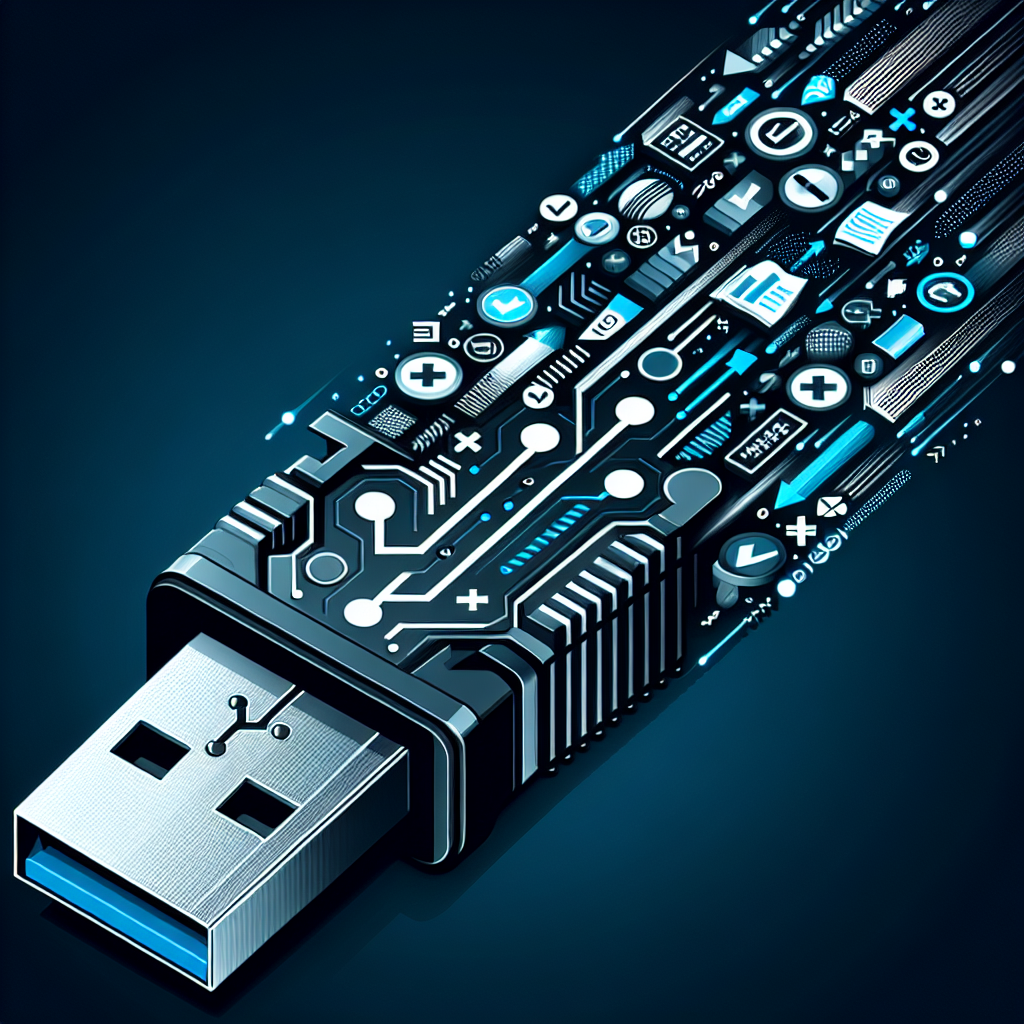USB 3.0 technology has been a game-changer in the world of data transfer and device connectivity. With faster transfer speeds and improved power efficiency, USB 3.0 has become the standard for many devices and peripherals. However, like any technology, there are both pros and cons to consider when using USB 3.0.
Pros:
1. Faster transfer speeds: One of the biggest advantages of USB 3.0 technology is its faster transfer speeds. With a theoretical maximum speed of 5 Gbps, USB 3.0 is up to 10 times faster than its predecessor, USB 2.0. This means that you can transfer large files, such as HD movies and photos, much more quickly.
2. Improved power efficiency: USB 3.0 technology is also more power-efficient than USB 2.0. This means that devices connected to a USB 3.0 port will consume less power, which can help extend the battery life of laptops and other devices.
3. Backwards compatibility: Although USB 3.0 is a newer technology, it is backwards compatible with USB 2.0 devices. This means that you can still use your older USB devices with a USB 3.0 port, although you won’t get the faster transfer speeds.
Cons:
1. Compatibility issues: While USB 3.0 is backwards compatible with USB 2.0 devices, there can still be compatibility issues with certain devices and peripherals. Some older devices may not work properly with a USB 3.0 port, or may require additional drivers or software to function correctly.
2. Cost: USB 3.0 technology is generally more expensive than USB 2.0, both in terms of devices and peripherals that support it. While the cost has come down in recent years, you may still pay a premium for USB 3.0-compatible devices.
3. Limited availability: While USB 3.0 has been around for several years now, it is still not as widely adopted as USB 2.0. This means that not all devices and peripherals may have USB 3.0 compatibility, which can be a limitation if you rely on older technology.
In conclusion, USB 3.0 technology offers many benefits, such as faster transfer speeds and improved power efficiency. However, there are also drawbacks to consider, such as compatibility issues and cost. Ultimately, the decision to use USB 3.0 technology will depend on your specific needs and budget.


Leave a Reply